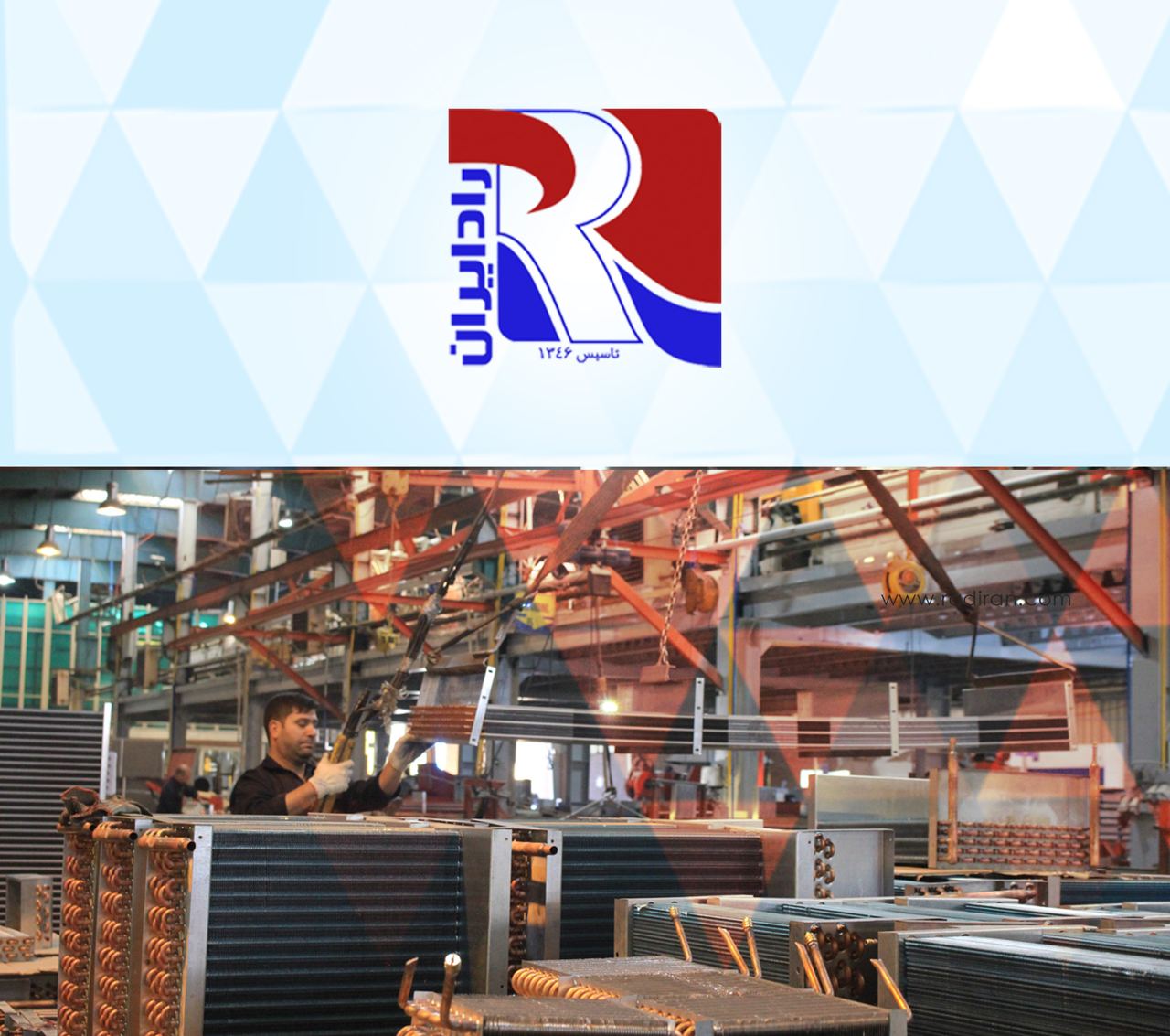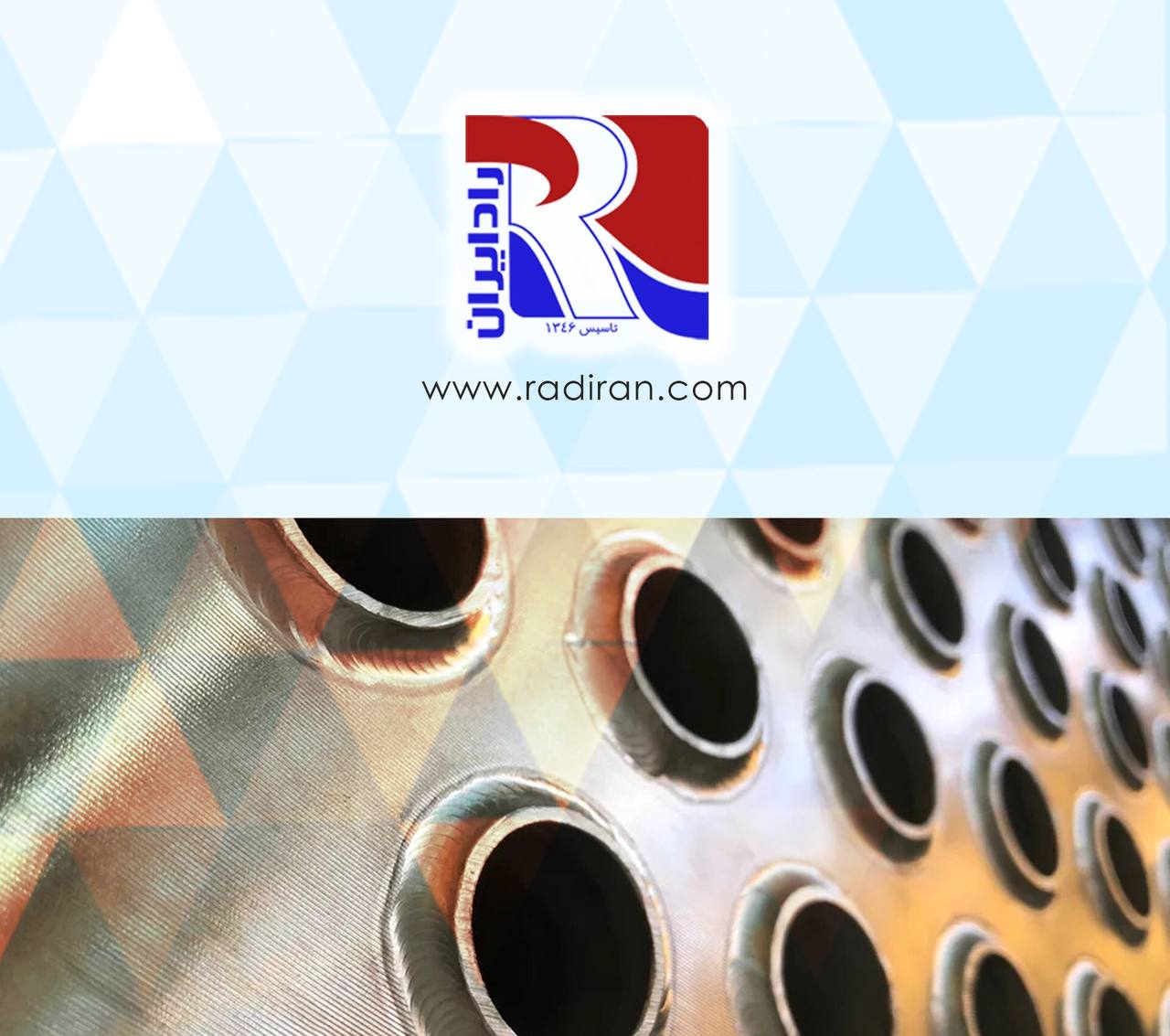Quality control in coils
Quality control in coils involves various tests to ensure product integrity. Common tests include: 1. Dimensional Checks: Verifying coil dimensions to meet specified tolerances ensures consistency and accurate manufacturing. 2. Surface Inspection: Examining the coil surface for defects like scratches, dents, or irregularities ensures a smooth, defect-free appearance. 3. Coating Thickness Measurement: For coated coils like galvanized steel, checking the thickness of the protective layer ensures adherence to quality standards. 4. Tensile Strength Testing: Evaluating the coil's tensile strength ensures it meets mechanical strength...






